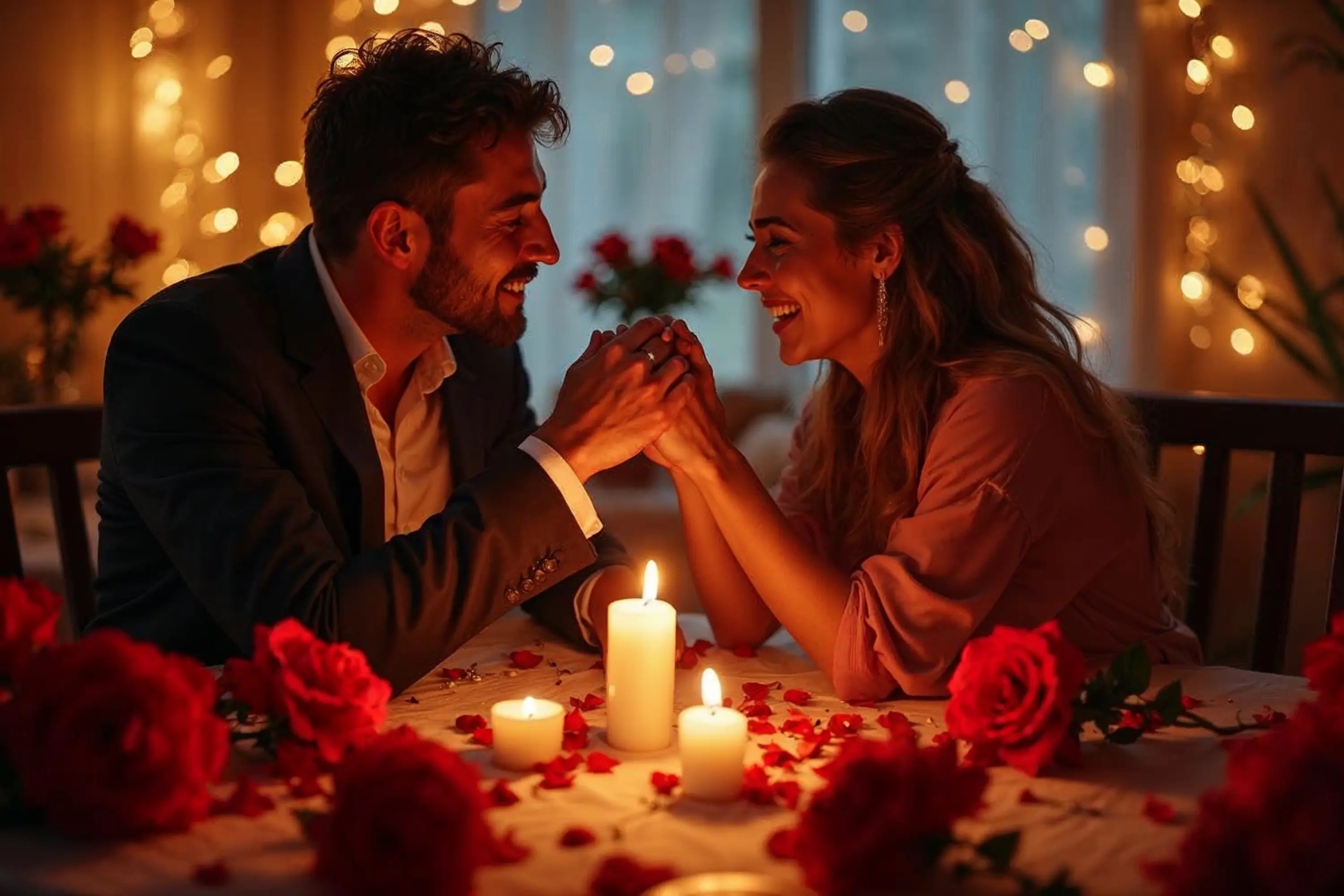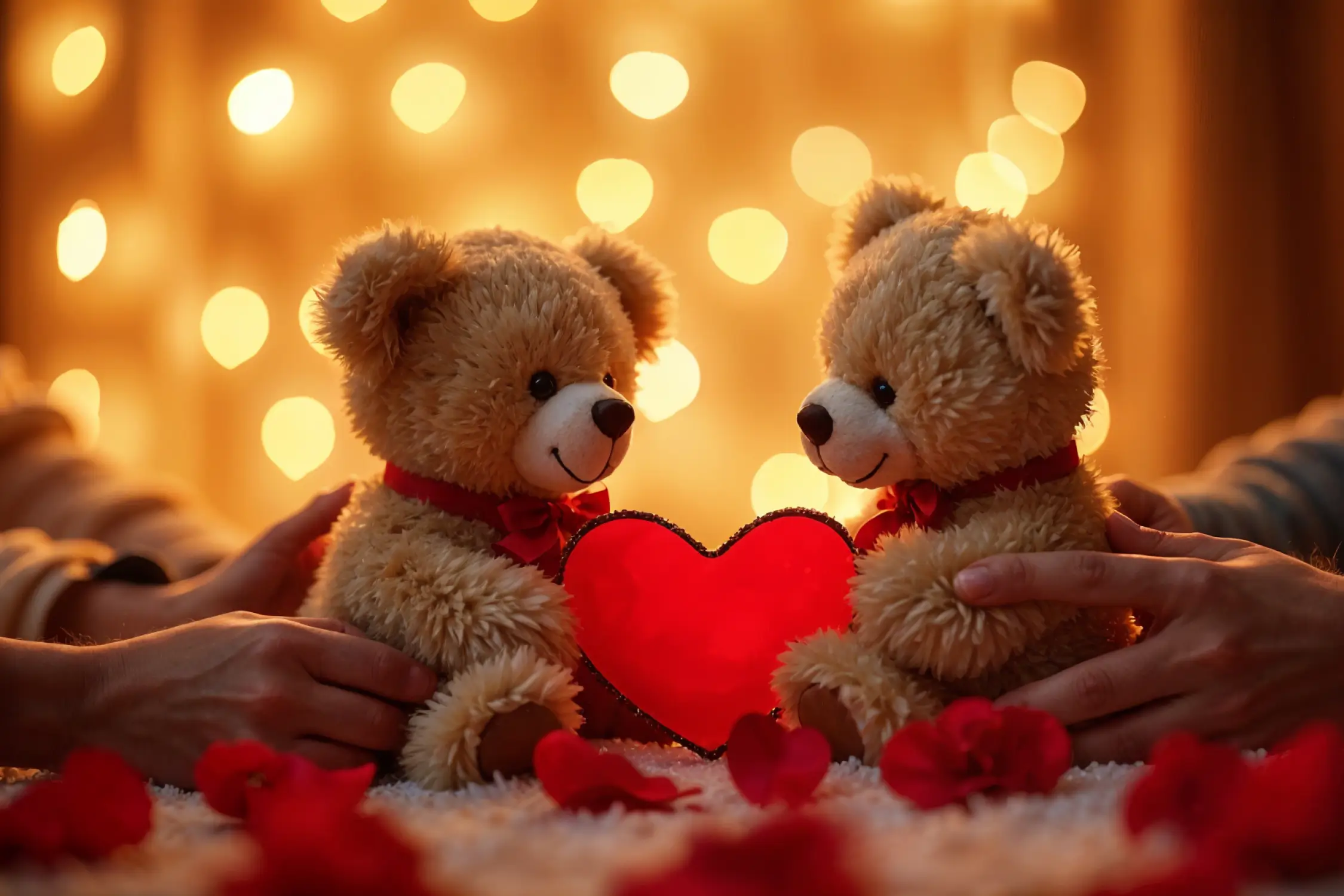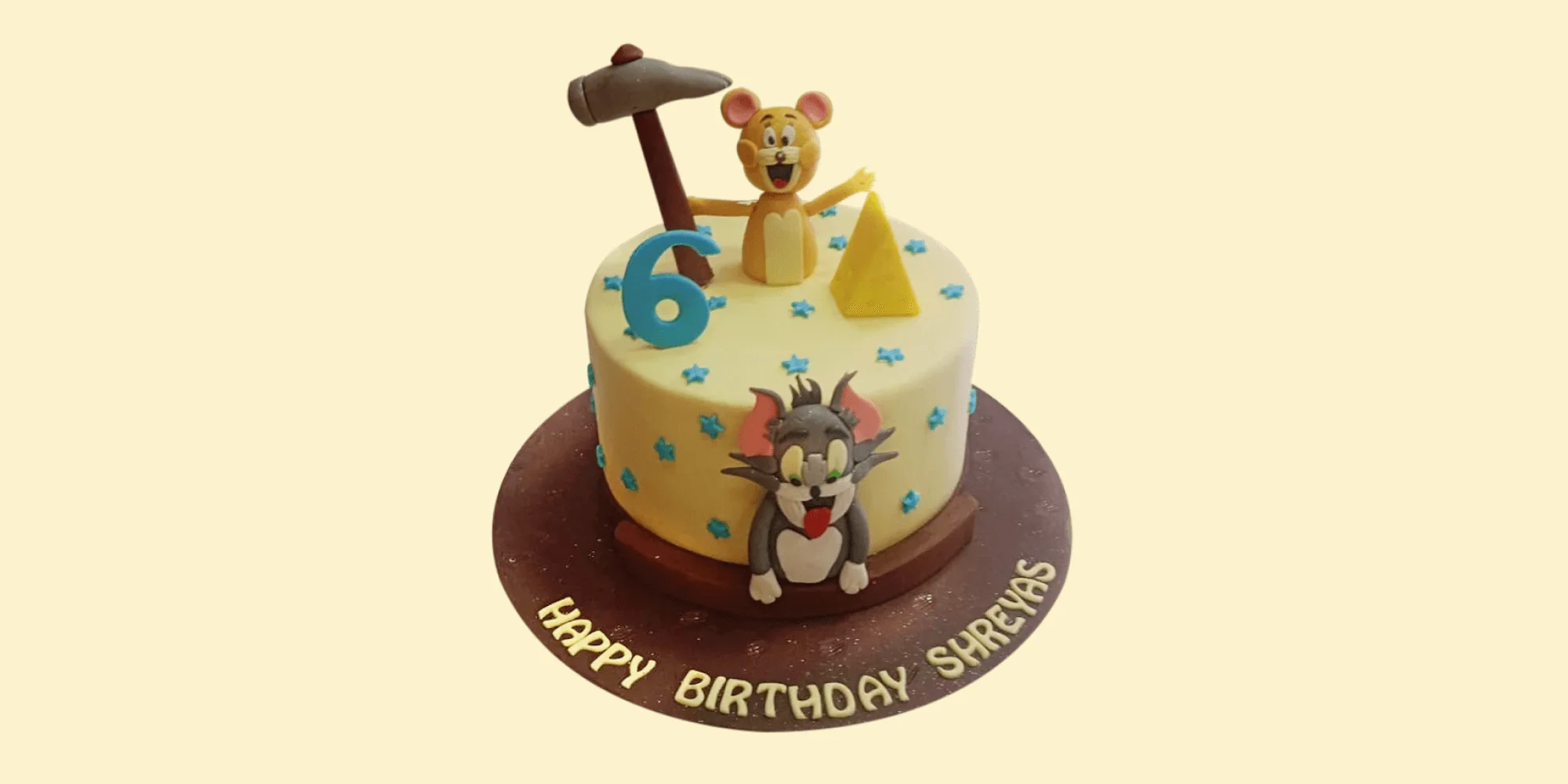Edible Art: Cake Sculpting and 3D Cake Designs
published
November 2023topics
#Cake Sculpting and 3D Cake DesignsCake art has come a long way from simple round cakes with frosting. In recent years, cake sculpting and 3D cake designs have gained popularity as a unique and creative form of edible art. These stunning creations demonstrate the incredible talent and imagination of cake artists who transform ordinary cakes into extraordinary works of art. In this blog post, we will explore the fascinating world of edible art, focusing on cake sculpting and 3D cake designs.
The Art of Cake Sculpting
The Magic of 3D Cake Designs
The Intersection of Art and Taste
The Artistry Behind 3D Cake Designs
- Imagination Unleashed: 3D cake designs allow bakers to unleash their imagination. From towering castles to lifelike animals, the only limit is the creator's creativity. These edible sculptures become the centerpiece of celebrations, telling a story with each carefully crafted detail.
- Technical Mastery: Crafting a 3D cake requires technical skill and precision. Bakers must not only be adept at sculpting but also understand the science of baking to ensure the structure remains intact. It's a delicate balance between art and engineering.
- Customization Beyond Limits: One of the remarkable aspects of 3D cake designs is the level of customization. Whether it's a favorite movie character, a beloved pet, or a symbol of personal significance, these cakes are tailored to reflect the uniqueness of the occasion and the individual.
Behind the Scenes: Crafting Edible Sculptures
- Sketch to Cake: The process begins with a sketch, translating the envisioned 3D design onto paper. This serves as a blueprint for the cake sculptor.
- Structural Integrity: Creating a structurally sound cake is crucial. Internal supports, often made from food-safe materials, ensure the cake stands tall and holds its shape.
- Edible Mediums: Fondant, gum paste, and modeling chocolate become the sculptor's clay. These edible mediums allow for intricate detailing and a smooth, polished finish.
- Painting with Edible Colors: Edible colors bring the cake to life. Bakers carefully paint each detail, adding depth and realism to the sculpture.
Celebrate with Edible Masterpieces
- Showstoppers for Special Occasions: Imagine a birthday party where the cake is a miniature replica of the birthday person's favorite hobby or a wedding cake that tells the unique love story of the couple. These edible masterpieces become showstoppers on special occasions.
- A Unique Wedding Experience: 3D wedding cakes are gaining popularity for their ability to tell the couple's story. From how they met to shared hobbies, every detail is intricately woven into the design.
- Corporate Branding in Cake: Even in the corporate world, edible art has found its place. Company logos, products, and milestones can be transformed into impressive 3D cakes for corporate events.
Additional details about cake sculpting and 3D cake designs
1. Customization and Personalization
2. Professional Cake Artists
Cake sculpting and 3D cake designs require a high level of skill and expertise. Many cake artists specialize in this form of edible art and have honed their craft through years of practice and experience. They often undergo specialized training and continuously develop their skills to stay up-to-date with the latest techniques and trends.
3. Collaborative Process
4. Challenges and Problem-Solving
Cake sculpting and 3D cake designs come with their fair share of challenges. The structural integrity of the cake is of utmost importance, especially in more intricate designs. Cake artists must carefully plan and strategize to ensure that the cake remains stable and structurally sound. They often employ engineering principles and innovative techniques to overcome these challenges and create awe-inspiring, gravity-defying structures.
5. Popularity in Social Media:
The visually striking nature of cake sculpting and 3D cake designs has made them immensely popular on social media platforms. Instagram, in particular, has become a hub for showcasing these edible artworks. Cake artists share their creations, garnering thousands of likes and followers, and inspiring other aspiring cake artists to explore this form of edible art.
6. Cake Decorating Competitions:
7. Inspiration from Various Sources:
Conclusion: Where Art Meets Taste
FAQ’s
1. What is cake sculpting?
A: Cake sculpting is a form of edible art that involves shaping and carving a cake to create three-dimensional designs. This technique transforms cakes into intricate, lifelike sculptures, adding a creative and visually stunning element to celebrations.
2. What types of cakes are suitable for sculpting?
A: While most cake types can be used for sculpting, it's essential to choose a dense and stable cake, such as pound cake or mud cake. These cakes provide the structural integrity needed for intricate designs.
3. How do bakers ensure the structural integrity of 3D cakes?
A: Bakers use internal supports, often made from food-safe materials like dowels or PVC pipes, to ensure the structural stability of 3D cakes. This helps the cake withstand the weight of the sculpted elements and maintain its shape.
4. What are the edible mediums used in cake sculpting?
A: Fondant, gum paste, and modeling chocolate are common edible mediums used in cake sculpting. These allow for detailed shaping, smoothing, and painting, providing a polished finish to the edible sculpture.
5. Can 3D cake designs be customized?
A: Absolutely! One of the strengths of 3D cake designs is their high level of customization. Bakers can create personalized designs based on clients' preferences, incorporating themes, hobbies, or specific elements that hold significance.
6. How are 3D cake designs painted?
A: Edible colors, typically food-grade paints or dusts, are used to paint 3D cake designs. Bakers carefully apply these colors to add depth, shading, and realism to the edible sculpture, enhancing its visual appeal.
7. Are there limitations to 3D cake designs?
A: While the possibilities are vast, some limitations exist based on the complexity of the design and the skill level of the baker. Extremely intricate designs may require advanced sculpting skills and additional time.
8. Can 3D cake designs be refrigerated?
A: Yes, 3D cake designs can be refrigerated, but it's essential to do so carefully. Refrigeration may affect the texture of certain edible elements like fondant, so it's advisable to consult with the baker for specific storage recommendations.
9. Are there specific occasions where 3D cake designs are more popular?
A: 3D cake designs are popular for a variety of occasions, including birthdays, weddings, anniversaries, and corporate events. They add a unique and personalized touch to any celebration, making it more memorable.
10. How can I order a custom 3D cake for my event?
A: To order a custom 3D cake, reach out to a professional baker or cake artist who specializes in sculpting and 3D designs. Discuss your preferences, theme, and any specific elements you'd like to incorporate into the design. Provide ample time for planning and execution.A Few Topics to Consider
discover our blog
04-Feb-2025
Happy Valentine’s Day 2025: History, Quotes, Wishes, Instagram Captions & Gift Ideas

04-Feb-2025
Happy Kiss Day 2025: Romantic Wishes, Quotes, Instagram Captions & Gift Ideas

02-Feb-2025
Hug Day 2025: History, Wishes, quotes, Instagram Captions & Gift Ideas

02-Feb-2025
